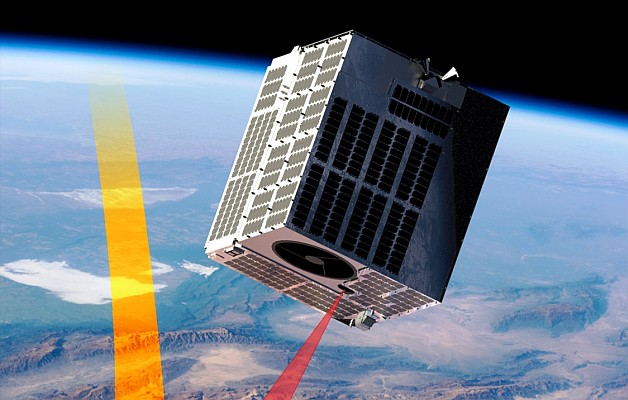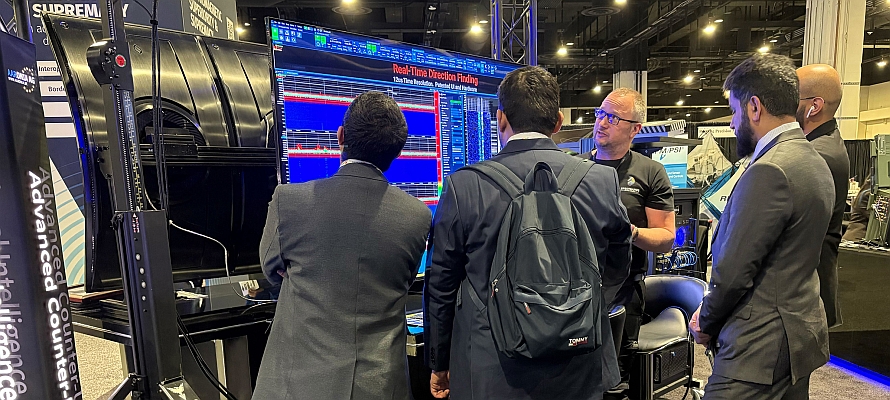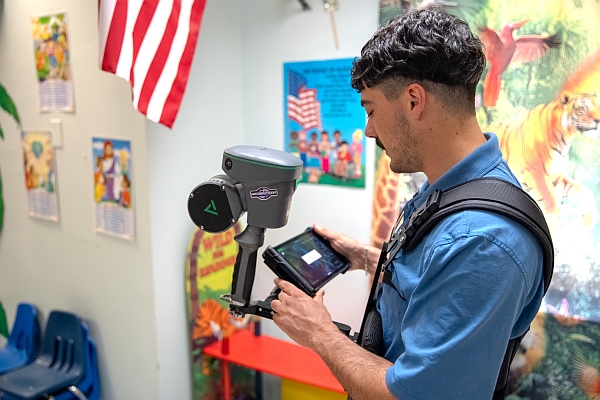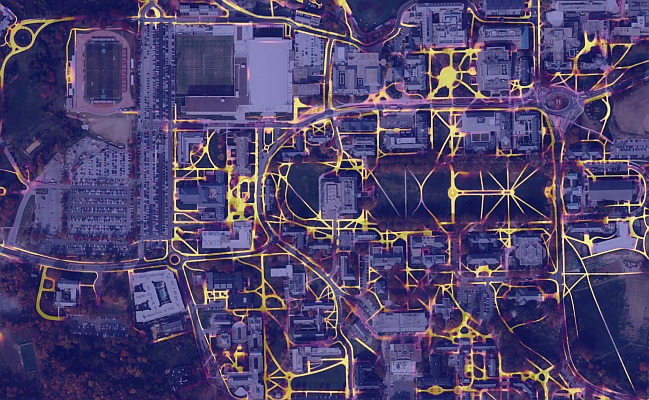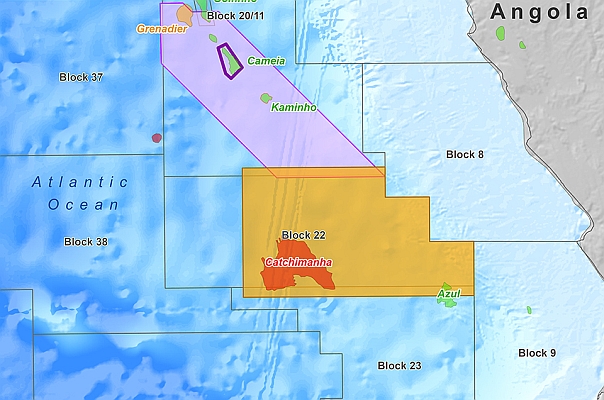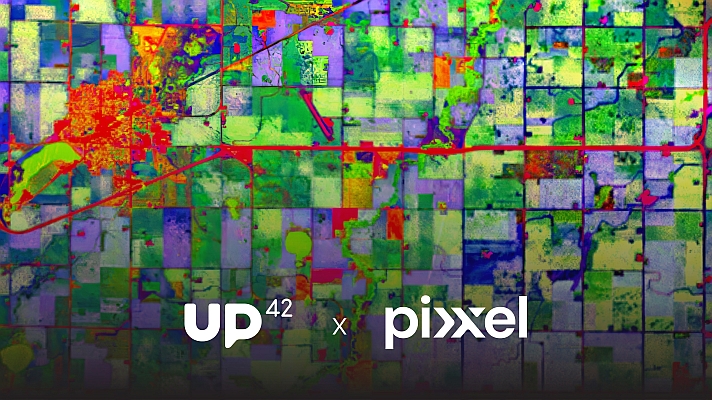Space Flight Laboratory (SFL) has been chosen by NUVIEW, a space-technology company specializing in 3D Earth imaging, to develop the bus for Mr. SPoC, its pathfinder small satellite that will demonstrate the capabilities of the world’s first commercial space-based LiDAR constellation.
Based in Orlando, Florida, NUVIEW is building a ground-breaking constellation of satellites that will provide continually updated 3D elevation data for the entire Earth’s land surface using the company’s onboard laser scanning technology known as LiDAR (Light Detection and Ranging). Space-based LiDAR will capture 3D surface measurements more efficiently and cost effectively than traditional airborne methods, especially in remote areas, for applications related to environment, agriculture, infrastructure, forestry, cartography, and archaeology.
“SFL is excited to support the pioneering Mr. SPoC mission by providing a high-quality, reliable small satellite platform,” said SFL Director Dr. Robert E. Zee. “This mission will serve as a technology demonstration for NUVIEW’s first-of-its-kind operational constellation that will perform global high-resolution 3D mapping with frequent revisits and updates.”
SFL has developed several pathfinder technology demonstration satellites for a variety of missions over the past 25 years and is frequently chosen for Earth observation, environmental monitoring, space astronomy, and other microspace missions that require precise pointing of onboard data collection sensors. For EO satellites, precise sensor pointing results in capture of image data with a high level of geolocation accuracy.
“NUVIEW is proud to announce our collaboration with Space Flight Laboratory,” said NUVIEW CEO and Co-Founder Clint Graumann. “We have been working closely with Dr. Zee and the SFL team, and we are delighted to report significant progress on the Mr. SPoC mission.”
Established in 1998, SFL has developed 79 operationally successful smaller satellite missions totaling more than 325 cumulative years of unparalleled success in orbit. Another 30 missions are now under development by SFL, which offers a complete suite of nano-, micro- and small satellites – including high-performance, low-cost CubeSats – that satisfy the needs of a broad range of mission types from 3 to 500 kilograms. For a comprehensive list of SFL high-performance satellite platforms, please visit https://www.utias-sfl.net/satellite-platforms/overview/.


